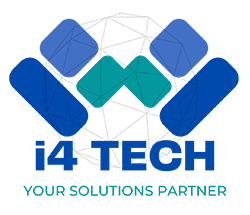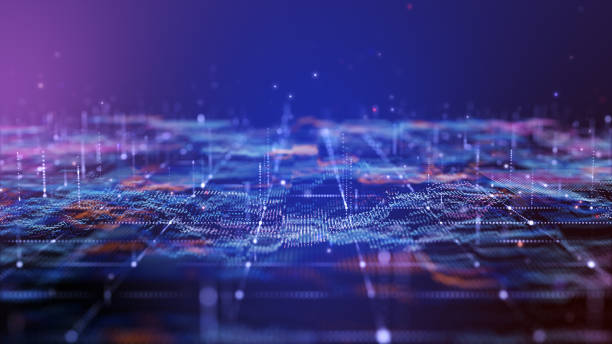The Role of IoT in Modern Smart Cities
The Internet of Things (IoT) is transforming how cities operate, from traffic control to public safety. In 2025, IoT is not just a buzzword—it’s a core part of the infrastructure behind smart cities. But how exactly is this technology reshaping urban life?
1. Smart Traffic Management
IoT sensors are now embedded in traffic lights, roads, and vehicles. These sensors collect real-time data on traffic conditions, helping cities optimize signal timing, reduce congestion, and prioritize emergency vehicles.
2. Energy Efficiency Through Smart Grids
IoT-enabled smart grids allow city utilities to monitor energy usage in real-time. This reduces energy waste, balances power loads, and supports renewable integration, leading to more sustainable cities.
3. Public Safety and Surveillance
Connected surveillance systems powered by IoT help law enforcement monitor public areas, detect suspicious behavior, and respond faster to emergencies. Facial recognition and AI-based analytics improve situational awareness.
4. Waste and Water Management
Smart bins can now notify waste management when they’re full, ensuring efficient collection. IoT sensors in water pipelines detect leaks early and monitor usage to promote conservation.
5. Urban Planning and Maintenance
IoT data helps city planners make data-driven decisions about infrastructure, zoning, and building regulations. Predictive maintenance powered by IoT also helps reduce costs and prevent system failures.
Smart cities are no longer the future—they’re here. And IoT is the backbone that enables them to be efficient, responsive, and sustainable.


